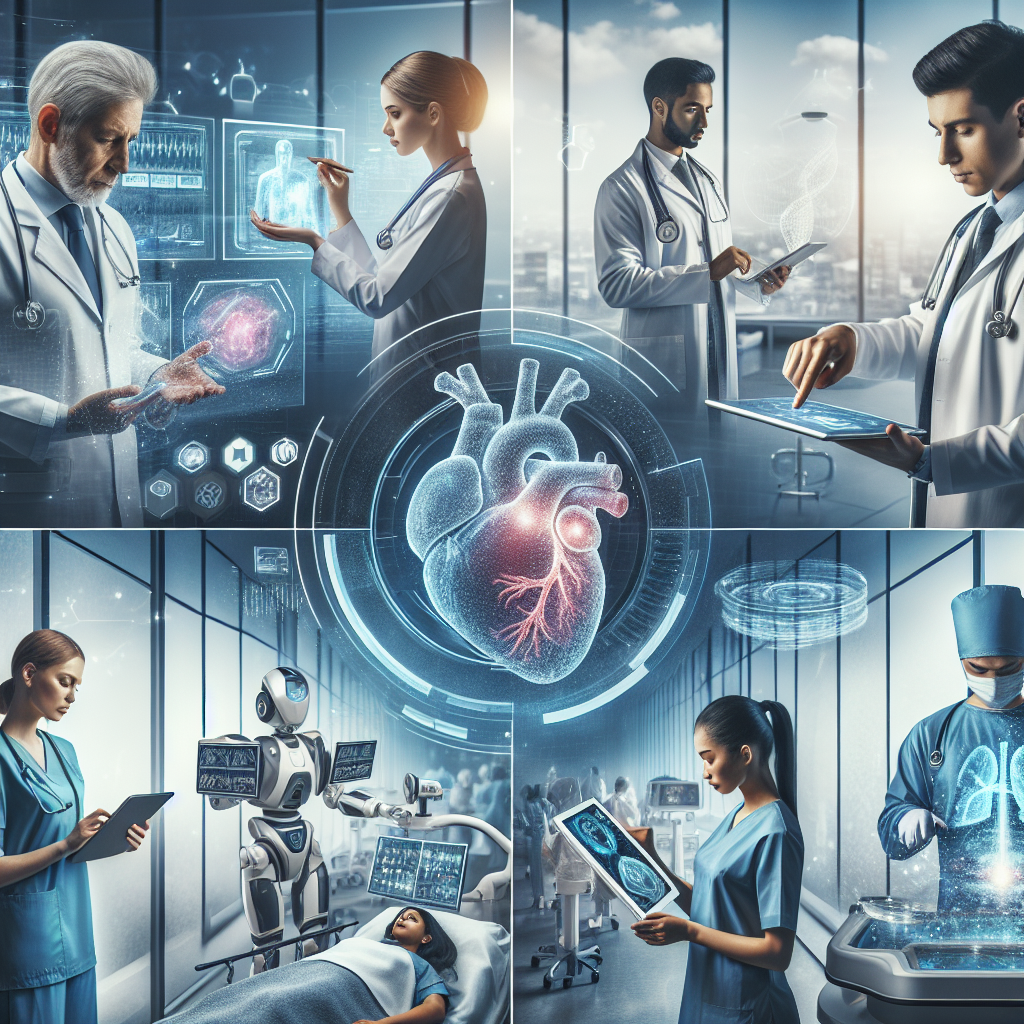Technology has become an integral part of our daily lives, revolutionizing the way we communicate, work, and even how we access healthcare services. In recent years, there has been a significant shift towards the adoption of technology in healthcare delivery, with the aim of improving patient care, increasing efficiency, and reducing costs. From electronic health records to telemedicine, the impact of technology on healthcare delivery is undeniable. In this article, we will explore how technology is changing the landscape of healthcare delivery and the benefits and challenges associated with its implementation.
The impact of technology on healthcare delivery can be seen in various aspects of the healthcare system, including patient care, communication, and operational efficiency. One of the most significant changes brought about by technology is the digitization of health records. Electronic health records (EHRs) have replaced paper-based records in many healthcare settings, allowing for the secure and seamless sharing of patient information among healthcare providers. This not only improves the coordination of care but also reduces the risk of medical errors and duplication of tests.
Telemedicine is another technology that has transformed healthcare delivery, particularly in rural and underserved areas. Telemedicine allows patients to consult with healthcare providers remotely, through video calls or online platforms, eliminating the need for in-person visits. This not only increases access to care for patients in remote locations but also saves time and reduces healthcare costs for both patients and providers.
The use of wearable devices and health apps is also on the rise, allowing patients to monitor their health and communicate with healthcare providers in real-time. These devices can track vital signs, medication adherence, and other health-related metrics, providing valuable data for healthcare providers to make informed decisions about patient care. Additionally, the use of artificial intelligence and machine learning algorithms can analyze this data to predict health outcomes and personalize treatment plans for patients.
Technology has also improved communication between healthcare providers, enabling better coordination of care and reducing medical errors. Secure messaging platforms and teleconferencing tools allow healthcare teams to collaborate in real-time, share patient information, and make decisions quickly. This not only improves the quality of care but also enhances patient safety and satisfaction.
Despite the numerous benefits of technology in healthcare delivery, there are also challenges that need to be addressed. Privacy and security concerns are at the forefront of these challenges, as the digitization of health records and the use of telemedicine raise questions about the protection of sensitive patient information. Regulatory compliance and data breaches are also significant risks associated with the use of technology in healthcare delivery, requiring robust security measures and adherence to strict privacy regulations.
Furthermore, the implementation of technology in healthcare delivery requires significant investment in infrastructure and training, which can be a barrier for smaller healthcare organizations and providers. The digital divide, particularly in rural and low-income communities, also poses a challenge to the widespread adoption of technology in healthcare delivery. Addressing these challenges will be crucial to ensure that technology can reach its full potential in improving healthcare delivery and outcomes for patients.
In conclusion, the impact of technology on healthcare delivery is profound, with the potential to revolutionize the way healthcare is delivered and accessed. From electronic health records to telemedicine, wearable devices, and artificial intelligence, technology is reshaping the healthcare landscape, improving patient care, and increasing efficiency. While there are challenges to overcome, including privacy concerns and the digital divide, the benefits of technology in healthcare delivery are clear. By embracing innovation and investing in the necessary infrastructure and training, healthcare providers can harness the power of technology to improve patient outcomes and deliver high-quality care.
FAQs
Q: What are some examples of technology used in healthcare delivery?
A: Some examples of technology used in healthcare delivery include electronic health records, telemedicine, wearable devices, health apps, artificial intelligence, and machine learning algorithms.
Q: How does technology improve patient care in healthcare delivery?
A: Technology improves patient care by enabling better coordination of care, real-time communication between healthcare providers, personalized treatment plans, and remote monitoring of patient health.
Q: What are some challenges associated with the implementation of technology in healthcare delivery?
A: Some challenges associated with the implementation of technology in healthcare delivery include privacy and security concerns, regulatory compliance, data breaches, infrastructure and training requirements, and the digital divide in underserved communities.
